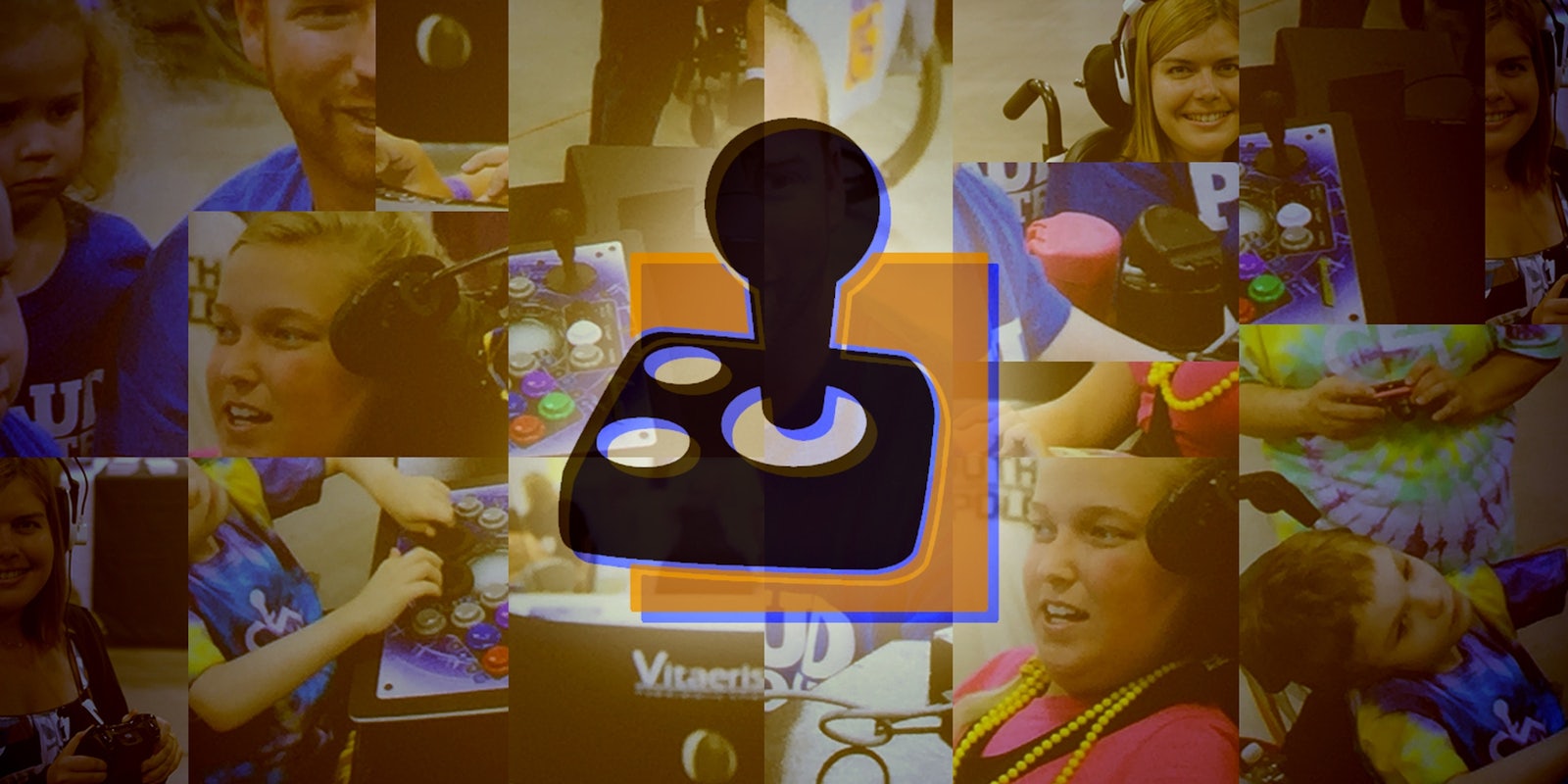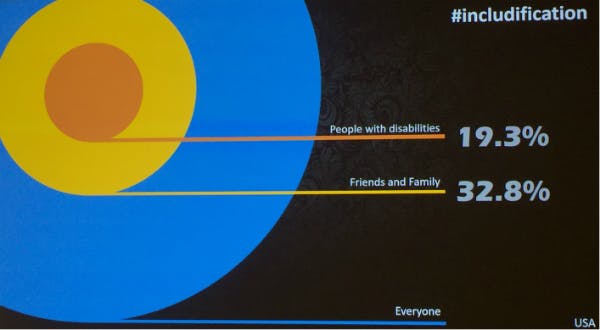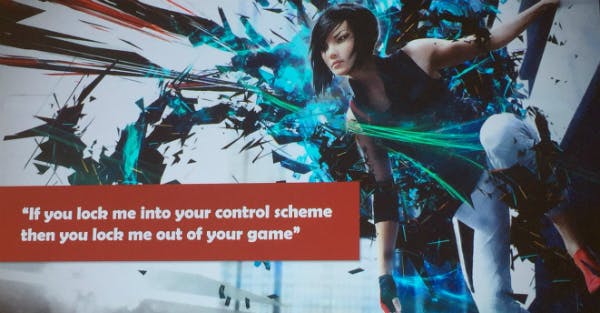How much should a video game developer spend to make their games accessible to players with disabilities?
Mark Barlet, president and executive director of The AbleGamers Charity, challenged developers at the 2016 Game Developers Conference to use all the tools at their disposal to make video games accessible to as many players as possible. But the degree to which game developers can succeed at that goal is limited. Barlet is a fierce advocate for his cause, but also understands the constraints that developers work under.
“I’m very fortunate to know a couple of people over at Rockstar,” Barlet said at his GDC 2016 panel, “and we had an opportunity to sit down and do a real deep dive into what it would take to make Grand Theft Auto V totally blind accessible.” It was only a thought exercise, but the developers at Rockstar took the question seriously. The short answer: $128 million.
Making video games accessible to totally blind players involves specific sound design methodologies, like echoes that assist blind players in defining the space in which their avatar is standing. The developers at Rockstar estimated that it would cost 50 percent more to make GTA V accessible to totally blind players, and the game already cost $256 million to develop.
Barlet estimated that Rockstar might sell around 16,000 additional copies of GTA V were it made accessible to totally blind players. That would represent a .03 percent increase in sales.
“Each copy would have to cost $8,073.61 to recoup the development costs,” Barlet said. The point of the exercise was to demonstrate that making all video games perfectly accessible to all gamers across the spectrum of disabilities was impossible.
Barlet’s goal is not to ask the impossible of game developers, but to make sure they are using all the tools at their disposal that are feasible to implement.
Barlet for three years used the massively multiplayer games EverQuest and EverQuest II to stay in touch with his best friend since sixth grade, Stephanie. One Friday night, she had to sit their weekly gaming session out because she had lost control of her mouse hand due to multiple sclerosis.
Instead of gaming with Stephanie that night, Barlet hit the Web to look for resources that might help her. He didn’t find anything. Barlet founded the AbleGamers Charity to fill the void. Today, you can count on seeing Barlet or other members of his organization at video game conferences like GDC, as well as at fan events like the Penny Arcade Expo.
Barlet’s path to advocating for accessibility was personal—and it’s likely personal to many of you too. Almost a fifth of all Americans have a disability. Almost a third of all Americans have friends or family members who have a disability. Considering how popular games have become, those numbers also speak to an expanding population of disabled gamers.
The thrust of the AbleGamers Charity’s efforts is to promote ways that video games can be made accessible to players with disabilities. Often this involves demonstrating hardware designed around accessibility, like alternative controllers to traditional control pads that some players with disabilities may lack the fine motor control to use.
The AbleGamers Charity also promotes the use of software tools developers can use to make their games accessible. Gamers with color blindness may have difficulty reading user interfaces, for example, which can be extremely problematic in competitive multiplayer games that depend on being able to tell who your teammates are. Teams are usually denoted by color.
Destiny, League of Legends, and The Division are recent games that include settings for color blind players in their user interface options. Color blindness is one of the accessibility issues that the video game industry is finally tackling.
Making video games accessible isn’t only a quality of life concern, however. There are economic issues at stake for game developers.
“One of the philosophies of AbleGamers has always been to treat people with disabilities as a market that should be catered to, not a sad story that should be fixed,” Barlet said. Games that are accessible may see higher sales than games that are not for appealing to a larger, potential audience.
“In the United States, the disposable income for people with disabilities is $247 billion,” Barlet said. “When you start looking at their sphere of influence [friends and family], it’s $2.4 trillion.” There are similarly large numbers for European and other world markets.
Gamers with disabilities fall into a wide spectrum. Barlet advocates for developers to keep that spectrum in mind, and to consider the accessibility options for disabled gamers across that spectrum.
Changeable font sizes and text color, and high-contrast aiming reticles are relatively simple tools that may make a difference for these gamers. Players with mobility issues benefit from the ability to remap key functions, alternative control schemes, and user interfaces that feature adjustable positions for different windows.
Gamers with hearing impairments benefit from closed captioning, and the option to present ambient noise as text. Players with learning impairments benefit from more robust tutorials and training levels, the ability to automatically pass through difficult levels of the game, and intuitive menus.
These options may benefit players without disabilities, as well. It’s not unusual for some gamers without disabilities to prefer color blind UI options. Remappable keys can make control schemes more personal and hence responsive. Accessibility features can make games more robust and fun for everyone.
And in this sense, accessibility is identical to other topics covered in the Advocacy track at GDC. Issues of gender and race in character representation aren’t only about addressing the needs of under-represented groups. Making sure there are diverse characters in video games also make for richer, more interesting worlds.
We all have something at stake in addressing these issues. Doing so makes gaming better for all of us.
Photo via Dennis Scimeca; photo via Able Gamers | Remix via Max Fleishman





